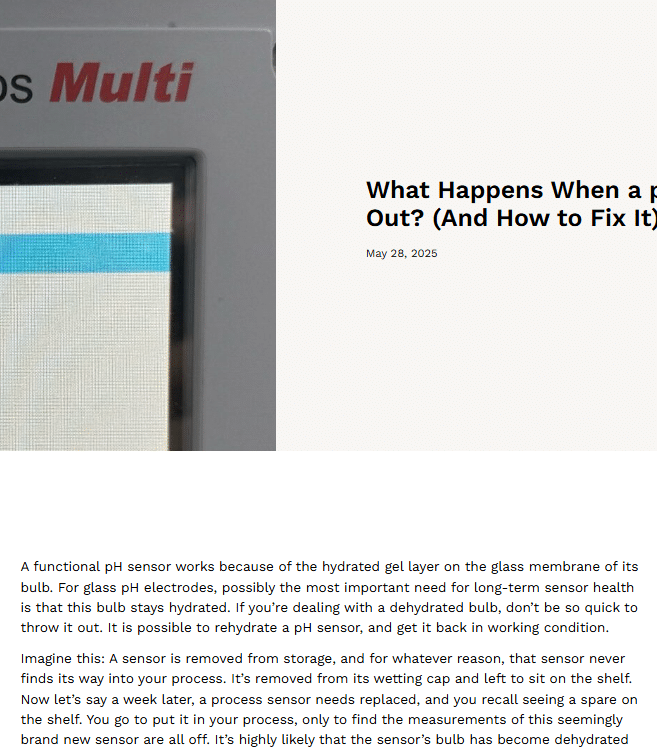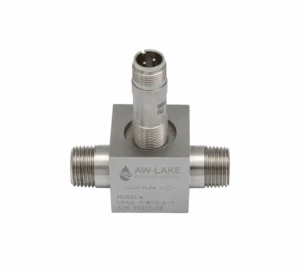A functional pH sensor works because of the hydrated gel layer on the glass membrane of its bulb. For glass pH electrodes, possibly the most important need for long-term sensor health is that this bulb stays hydrated. If you’re dealing with a dehydrated bulb, don’t be so quick to throw it out. It is possible to rehydrate a pH sensor, and get it back in working condition.
Imagine this: A sensor is removed from storage, and for whatever reason, that sensor never finds its way into your process. It’s removed from its wetting cap and left to sit on the shelf. Now let’s say a week later, a process sensor needs replaced, and you recall seeing a spare on the shelf. You go to put it in your process, only to find the measurements of this seemingly brand new sensor are all off. It’s highly likely that the sensor’s bulb has become dehydrated
So what do you do? Read the full note below.
As a distributor for M4Knick, our team can work with you to determine the best products and solutions for your operation. Check out the full note from M4Knick by viewing the PDF below and start a conversation with a Cross expert today to learn more!
Are you interested in an M4Knick product? Fill out our contact form with some details about your application and we’ll have a specialist get in touch! Also, learn more about M4Knick as a products and solutions provider for Cross.











